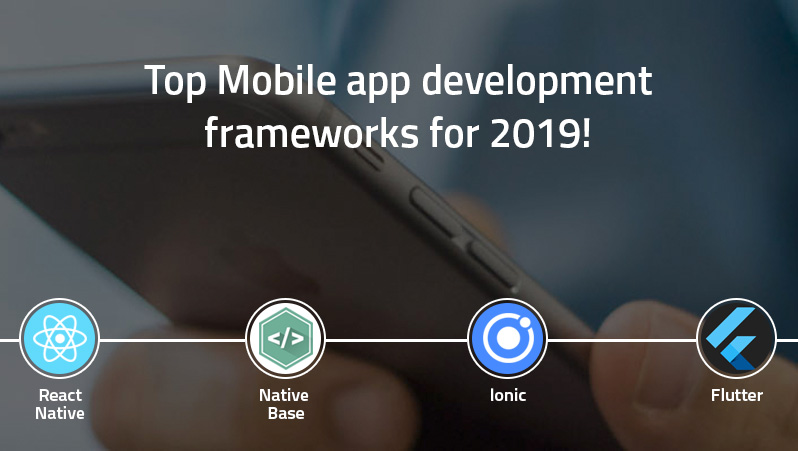1. React Native
React native is backed by Facebook and what’s unique about this framework is that it allows developers to build app by just using JavaScript. The framework uses the same design used in React, which allows the developers to create a brilliant mobile user interface from the given declarative components.What makes React Native most interesting and highly preferred choice of modern-day developers is its ability to create a real mobile app, which cannot be distinguished from an app created by using Java or any other app development setup. Through React Native, you can use the fundamental user interface building blocks used for routine iOS and android apps and put them together with the assistance of React and JavaScript. It comes with modular and intuitive interface, making it easier for the developers to utilize an already existing project and building upon it. This adds to the greater flexibility of fixing bugs, creating updates and upgrading the existing web apps. The hot loading feature lets you run a new code while keeping your current application state intact.
2. Native Base
Native Base is another preferred cross-platform mobile app development framework. Native Base framework facilitates your app logic to be written in JavaScript whereas the UX/UI of the app is fully native. It saves you from any compromises typically associated with HTML5 UI.It allows the developers to layer the React Native with a stack of components used by native application UI. It is an open source platform enabling development of iOS and Android mobile applications. Since the app uses one codebase for both android and iOS, the process is less-time consuming and possibilities of errors are also reduced.
3. Flutter
Google has powered flutter. It is a renowned mobile app software development kit, which is renowned for building high performance, high-fidelity mobile applications for Android and iOS mobile operating systems using a single codebase.One of the highlighted features of flutter SDK is that this enables the developers to access reactive views without having the requirement of a JavaScript bridge. Another revolutionary feature of the framework is its ability to implement specifically designed widgets from its UI library. These widgets incorporate critical platform differences including navigation, icons, scrolling and fonts, ensuring complete native performance. Flutter also comes with hot reload feature, enabling the developers to build UI/UX easily with swifter bug fixing. This allows reduced reload time without affecting performance of emulators, simulators, and hardware of targeted mobile operating systems.
4. Ionic
Another revolutionary framework for mobile development framework which uses HTML5 to build hybrid apps. It is an open source platform, free to use and allows the developers to select different components, saving them from building each one individually.Ionic works as front-end framework targeted at handling display, UI interactions and user-experience, which are key factors for an app to appear compelling and appealing to the end user. It is more like ‘Bootstrap for Native’ but definitely with support for a vast range of common native components. These components can be counted as attractive design and smooth animations. Since Ionic has such mobile UI elements and layouts, which are normally associated with a native software development kit for android and iOS apps. Another powerful feature of Ionic is Angular JS, which is a java-based framework, allowing developers to build high performance mobile applications with excellent structure. With the remarkable Angular JS and Cordova library, Ionic is indeed lifesaver for the world of hybrid mobile application development. Read more about app development with ionic framework and its advantages here.
In order to learn more about the frameworks used by mobile development companies nowadays, feel free to contact our specialized team. Our experts will be more than happy to assist you through the modern app development process. In the last one decade, it has recorded exponential growth and new technologies are still paving their way in. Hence, a lot more can be expected in the future when it comes to mobile application development frameworks.


